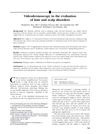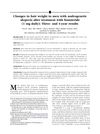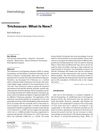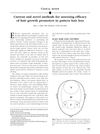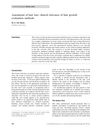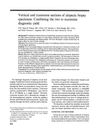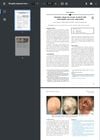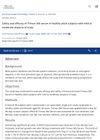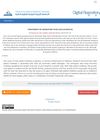Diagnosis of Hair Disorders
March 2009
in “
Seminars in Cutaneous Medicine and Surgery
”
Hamilton-Norwood scale Ludwig scale hair weighing phototrichogram trichogram TrichoScan dermoscopy videodermoscopy light microscopy polarizing microscopy electron microscopy confocal laser scanning microscopy atomic force microscopy optical coherence tomography scalp biopsy alopecia hair grading scales hair analysis tools hair structure analysis hair thickness measurement hair loss diagnosis
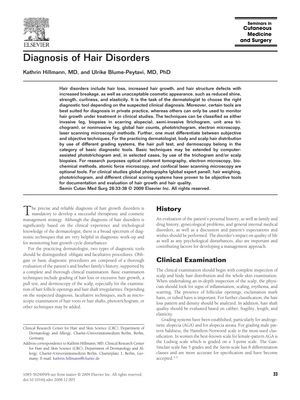
TLDR The document concludes that accurate diagnosis of hair disorders is crucial and requires a range of diagnostic methods.
In 2009, the document outlined the importance of accurate diagnosis for hair disorders, detailing diagnostic tools ranging from basic procedures like patient history, clinical examination, and the use of grading systems such as the Hamilton-Norwood and Ludwig scales, to more advanced techniques like hair weighing, phototrichogram, and the semi-invasive trichogram. It highlighted the use of TrichoScan for analyzing hair growth parameters, despite its limitations, and the role of dermoscopy and videodermoscopy in differentiating alopecia types. The document also described the use of various microscopy techniques, including light, polarizing, electron microscopy, confocal laser scanning microscopy, and atomic force microscopy for hair structure analysis, as well as optical coherence tomography for measuring hair shaft thickness. It emphasized the critical role of scalp biopsy in diagnosing different types of alopecia and the necessity of these diagnostic methods in both clinical practice and research.
